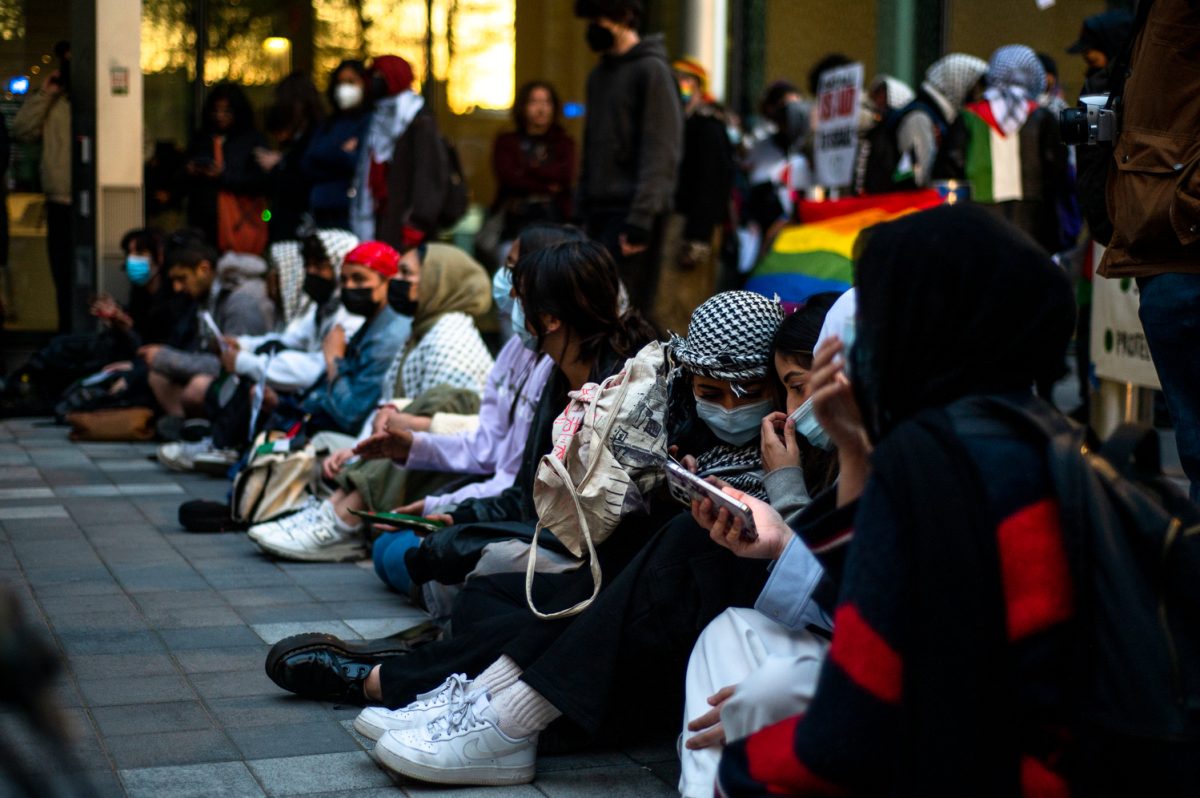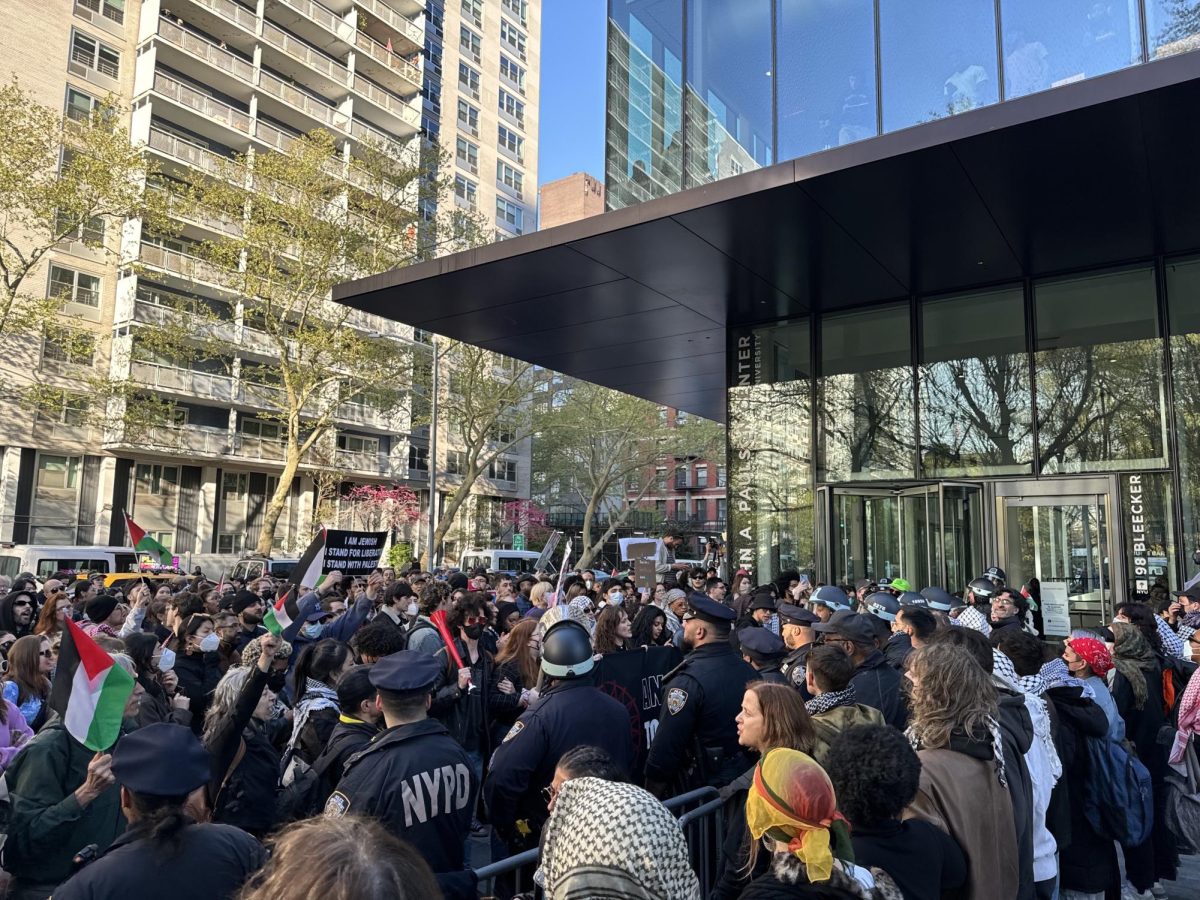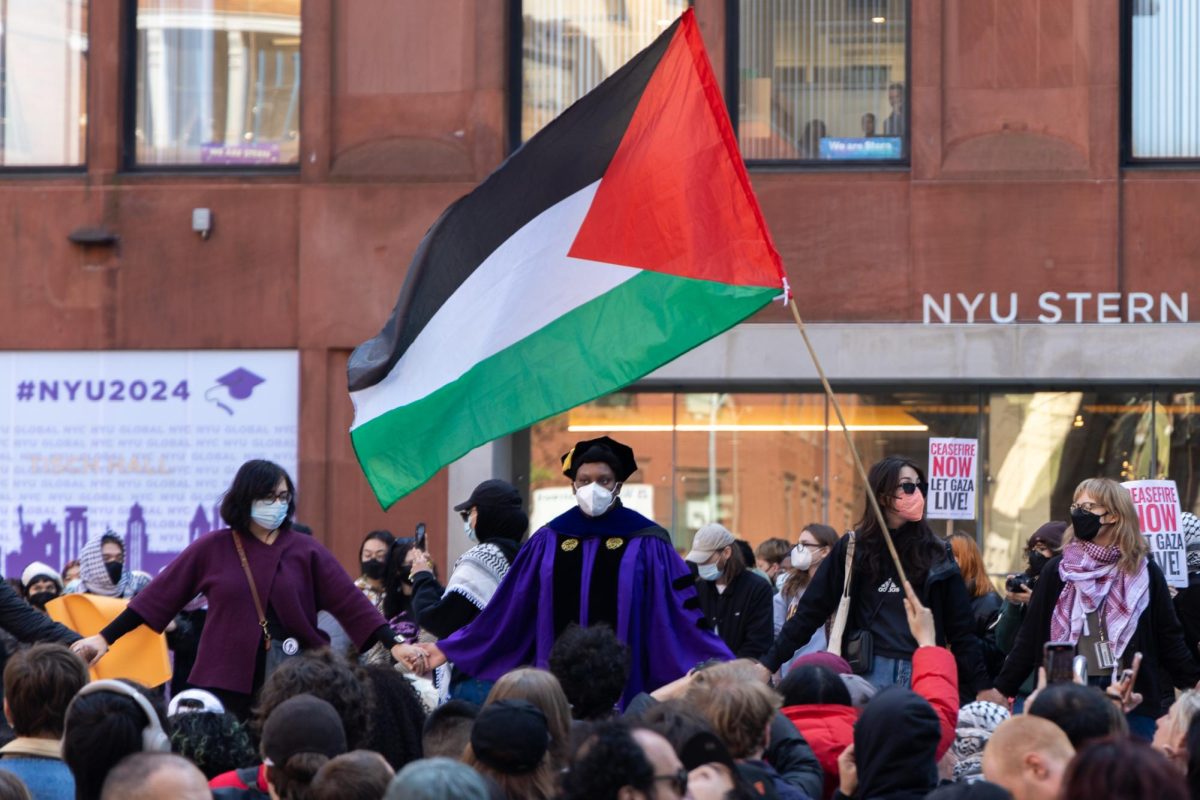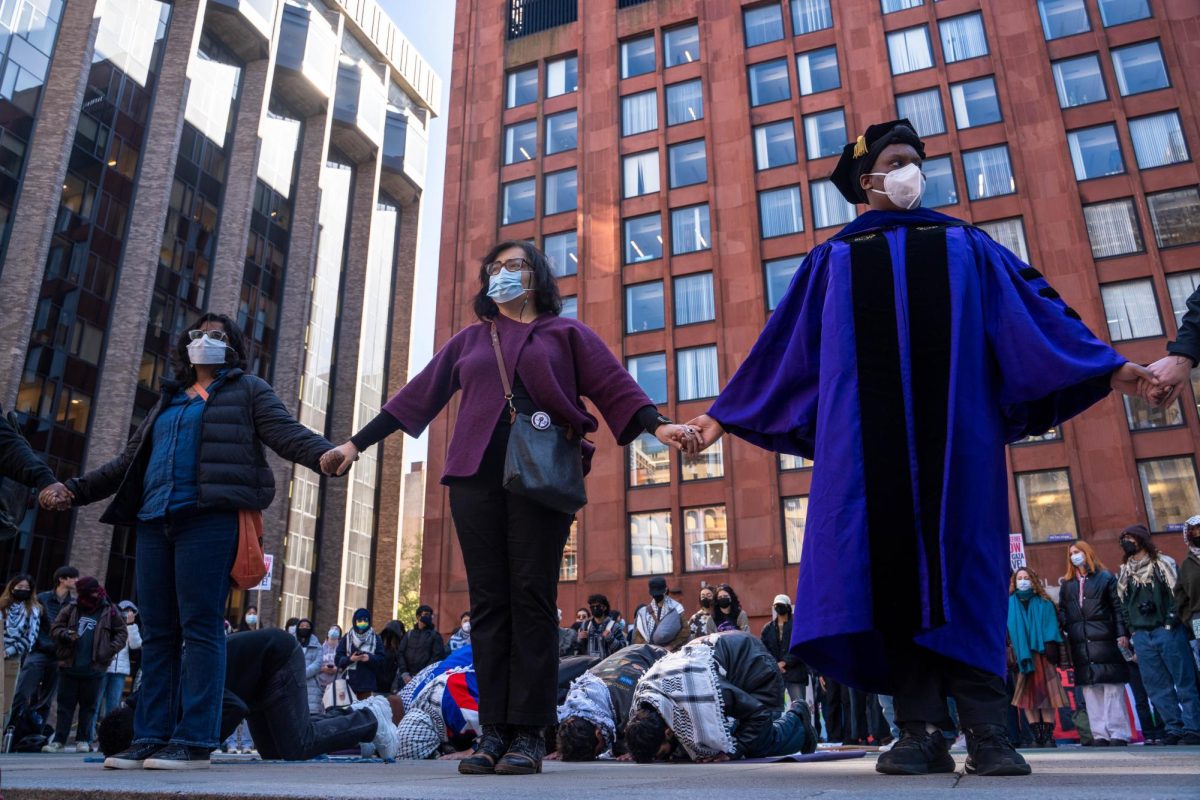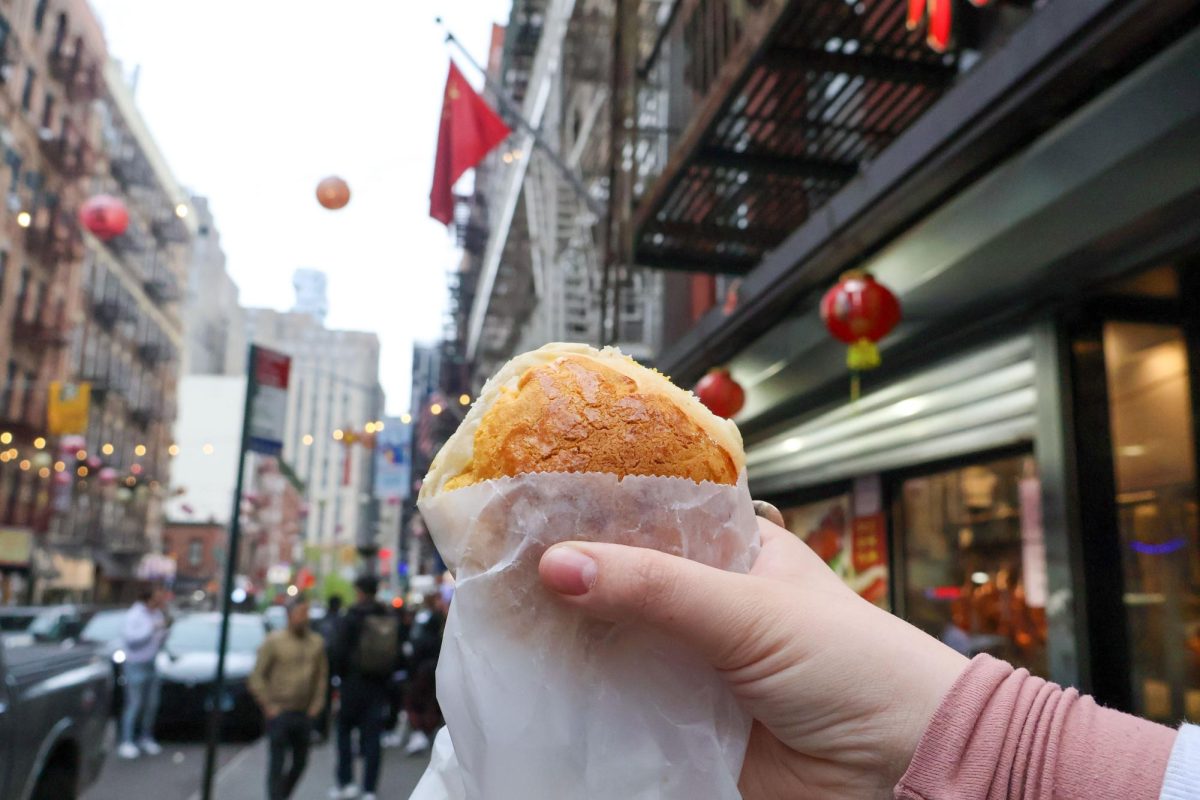Who knew the potential solution to global crises would take shape in the form of a hamburger? Well, not your average hamburger.
Clean meat, cultured meat, lab grown meat: while experts argue about the terminology, it’s all the same. This revolution is the process of taking stem cells from a cow, placing it into a tube that’ll promote tissue growth, then processing it through a meat grinder until ground beef is produced. I just simplified this highly complex, intricate procedure, but it’s important to know the potential role that cultured meat could play when solving global crises, especially climate change and hunger. This technology is highly sustainable, efficient and arguably more nutritious than a conventional hamburger, but it lacks funding. As a result, efforts towards pushing this product onto shelves is delayed.
There needs to be more funding for cultured meat companies, not just admiration from the press about the incredible feat of engineering meat in a lab. If there is a method to improve the world, then policy makers should act on it.
Cultured meat’s production is particularly relevant as global temperatures continue to climb and pose as a constant threat to humanity. The process of producing this food is ecologically sustainable, more so than livestock, which demands considerable amounts of natural resources such as water and land. This does not include the resources it takes to produce the grain that’ll feed these animals. As a result, commercialized farming and current societal preferences for meat place a strain on the environment. If one were to yield the same volume of cultured meat, on the other hand, this measure would require 7-45 percent less energy usage, diminish the amount of land usage by 99 percent, lower the water usage rate from 82 to 96 percent and decrease greenhouse gas emissions from 78 to 96 percent. With these kinds of effects, cultured meat must be considered a part of the solution to solving the climate crisis.
However, what it means for global hunger is even more incredible. Memphis Meats, a cultured meat company, claims that a single sample from a cow could produce up to 80,000 Quarter Pounders. This figure alludes to a promising number that could feed many more people without continuing to damage our natural resources, especially when scientists and public policy officials are still inquiring how to feed the global population in 2050.
In addition, since the cultured meat production is under constant human surveillance, it can be developed to be healthier. For example, saturated fats, found in conventional beef, can be replaced with omega-3 fatty acids that lower inflammation and heart disease — the leading cause of death in the United States.
With all of these factors, cultured meat has created a plausible way to reduce global hunger and combat global warming. Further, this process would not limit the world’s eating habits, since meat is a significant aspect to many cultures, especially in the United States.
However, reports have noted that this solution will become available at the earliest in 2021 or 2022. Surely, eating a hamburger after my graduation ceremony would be delicious, but I would much rather engulf in its brilliance now. More governments and international organizations like the United Nations need to support this new technology given the threats from global hunger and climate change.
Global hunger has risen for the past three years, with more than 820 million people experiencing hunger worldwide. Farmers and scientists are struggling to feed the world now, so how are they going to feed the predicted nine to 10 billion people by 2050?
Climate change hasn’t slowed down either. Global temperatures are set to rise by 10.8 degrees Fahrenheit. Antarctica, notorious for its inhabitable conditions due to its freezing temperatures, reached 64.9 degrees on Monday, Feb. 10. Temperatures are typically -56 degrees Fahrenheit in February.
As of now, funding for most of the cultured meat technology takes place from investments from private corporations such as Tyson Foods or from affluent individuals like Bill Gates and Richard Branson. But this isn’t enough. I’d rather not wait on the unpredictable generosity of wealthy individuals to rapidly advance the process of putting cultured meat on the shelves. In the 1990s, Willem van Eelen, Dutch researcher and entrepreneur, received $2.3 million from the Dutch government to further cultured meat testing.
When the solutions of technology encompass global issues such as climate change and hunger, cultured meat needs to be considered a public policy topic. Issues like food insecurity and climate change should not be left to unfunded start-up companies or other organizations, especially when these issues have killed thousands of people. Officials in government and international organizations need to take action and provide funding to cultured meat start-ups to stop crises before they continue to get worse.
Opinions expressed on the editorial pages are not necessarily those of WSN, and our publication of opinions is not an endorsement of them.
Email Gabby Lozano at [email protected].

